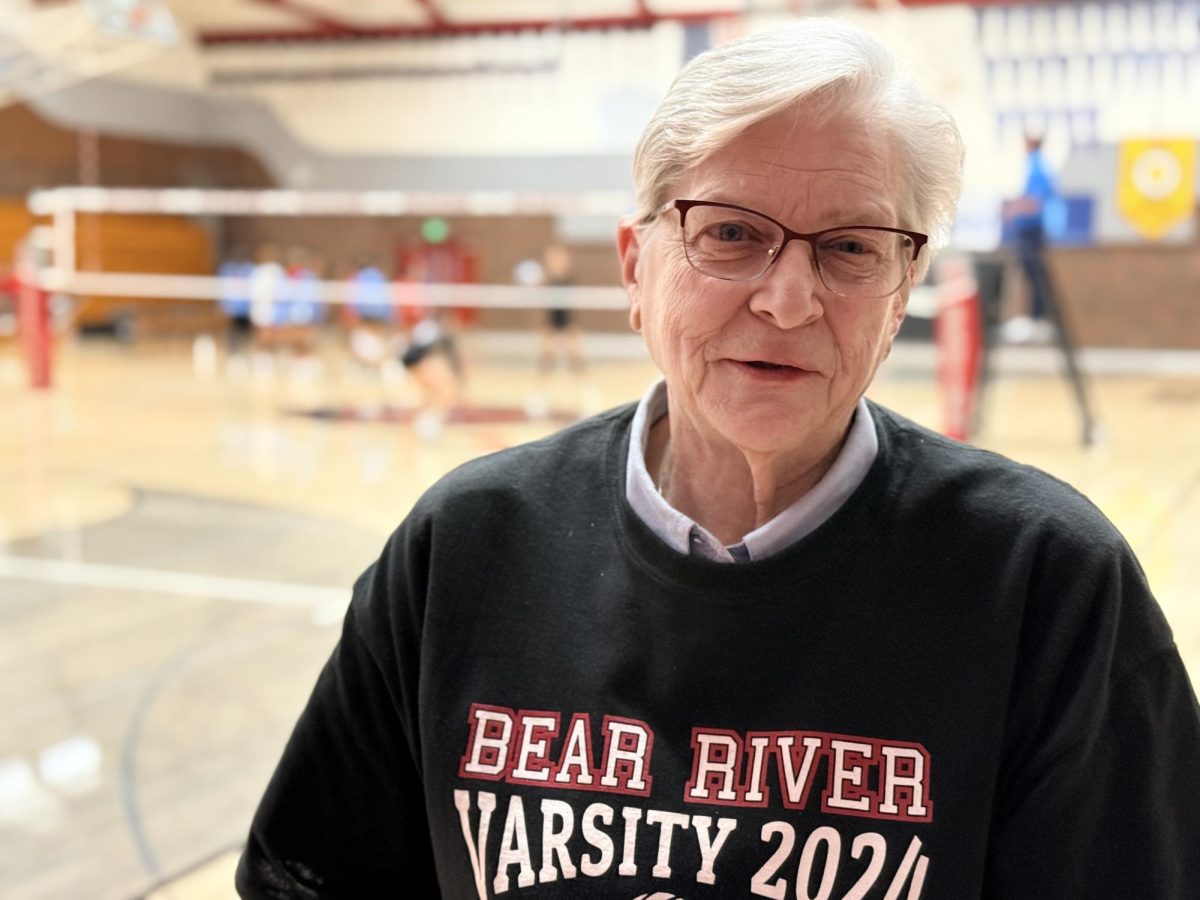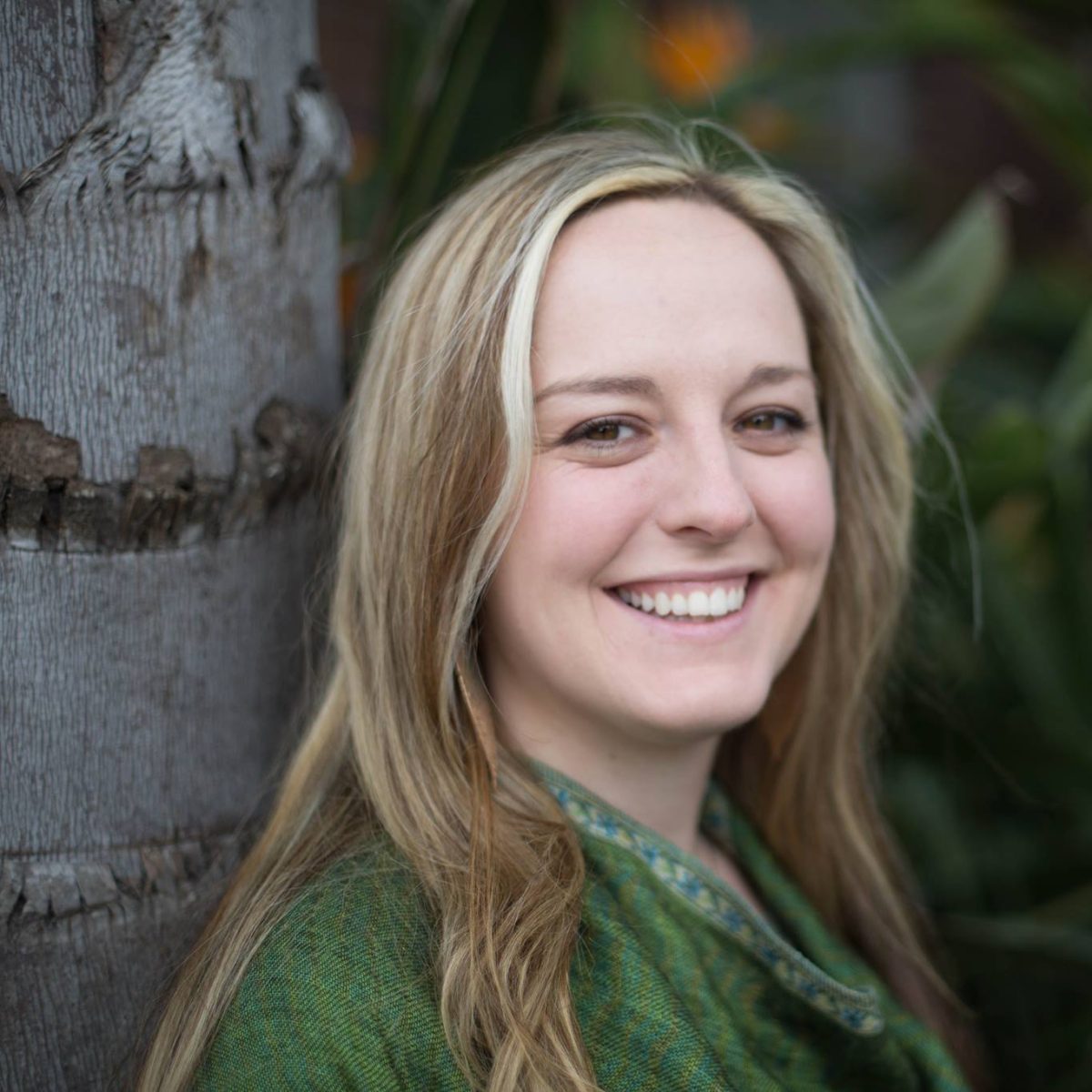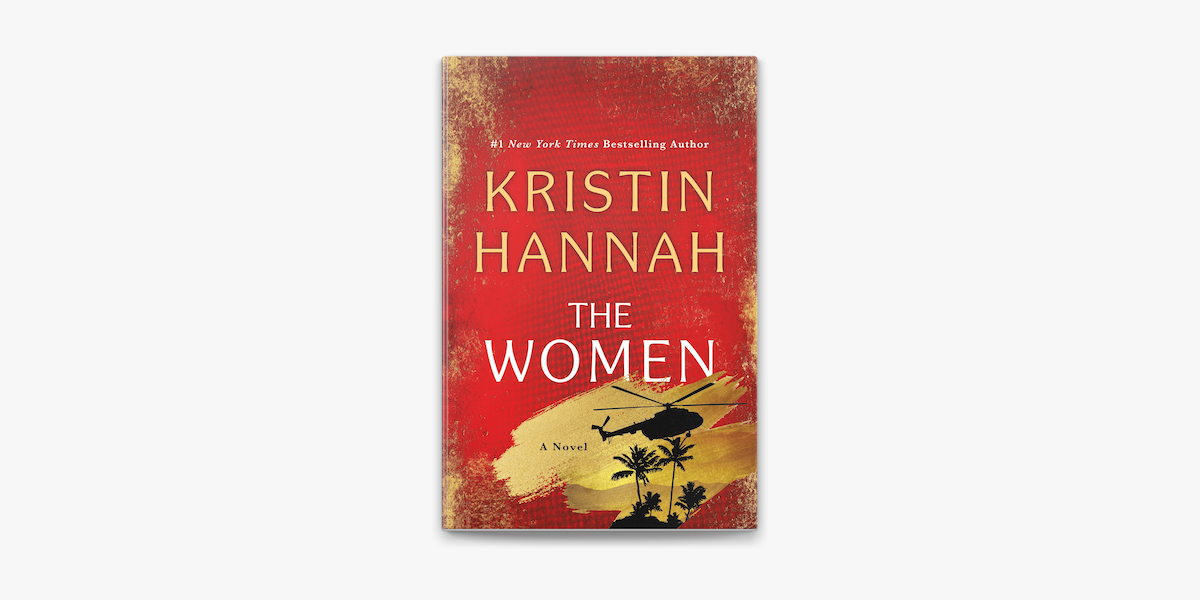The exponential growth of the debate recently sparked by environmentalists regarding plastic over-usage is out of this world, and we need to do something about it.
Plastic vs. Planet, a movement started by National Geographic in late 2018, pits two sides of a human struggle against each other. According to National Geographic, this campaign is seeking to force citizens to reconsider where they stand in the midst of this war, as well as to address a scientific gap in conservation knowledge.
“It’s novel because it’s interdisciplinary,” said Jenna Jambeck, one of the scientific co-leads of the plastic initiative. According to National Geographic, Jambeck is an environmental engineer who has done research in global waste management.
“[It’s] environmental engineers working alongside ecologists, social scientists, tech experts, educators and communicators, who bring new approaches, insights and perspectives,” she said.
Though the campaign is based around a worldwide issue, this kind of cooperation, even at the local level, is necessary for lasting change. Interdisciplinary efforts at Bear River require interactions between staff and students, as well as collaboration efforts from community service clubs on campus.
“[Bruins] haven’t done that much,” said Junior Grace Billingsley. “We have bought some recycling bins with Key Club money, and we have gone to things with Key Club to go clean up the river and help the planet, but I think, as a whole school, we haven’t done that much, other than clean up our campus. So, it would be nice to see some things that we could do with a global impact.”
What current impact is Bear River having on the world? Key Club President and Senior Brittney Rogers said that she doesn’t believe that the school has enough resources to keep from contributing to the Plastic side of the struggle.
“So I have realized lately that we’re definitely lacking on recycling bins, and, after lunch, I look at where I’m going to throw my can, and … I see a lot of students end up putting it in the trash can,” she said. “So I don’t think we’re actually doing great on the plastic in the ocean scale.”
Junior Jackson O’Sullivan had a similar response.
“[There’s a] lack of recycling bins, and a lack of children’s ability to use recycling bins,” O’Sullivan said. “There’s no bottle cans either, or bottle bins.”
Clearly, this should be an easy thing to fix- a lack of recycling should be solved by simple recycling. Billingsley offered this same solution.
“I think as far as Bear River, the easiest thing would be … finding maybe other ways that we could use things, or just making sure that they’re recyclable so that we can reuse the plastic in some way,” she said. “Or just making sure there are more recycling bins.”
Rogers said that she plans to do just that.
“So we do have recycling, but there’s not enough,” Rogers said. “One of Key Club’s goals this year is to get more recycling bins around the school — that’s my main thing. It just really bugs me throwing a can in a trashcan.”
Bear River’s Principal Christopher Roberts pointed out that, despite this particular downfall, there are many ways in which the school seeks to be environmentally friendly, and therefore contributes to the Planet side of the battle.
“The only thing our kitchen typically uses that’s plastic are the plastic utensils,” he said. “They normally use cardboard or paper products … and always recycles their cardboard boxes and plastic if any is used, [but] I think there’s always room for improvement.”
The campus bathrooms have also installed air-blown hand dryers, and there are two water bottle refilling stations set up around the school. Due to the recent surge in the popularity of Hydroflasks, these stations are used frequently, which is a really good thing for our school and our world.
According to Livestrong, a United States non-profit, there are many reasons to invest in a reusable water bottle.
“You already know that buying a bottle of water costs more than filling a glass or reusable bottle at the tap,” said Katherine Lee in a Livestrong article. “Using plastic drinking bottles also produces negative effects on health and the environment.”
She went on to provide some statistics to enhance her argument.
“Even though plastic drinking bottles are recyclable … according to Sierra Club, consumers trash a whopping 24 billion of these bottles each year in the U.S. alone,” Lee said. “Americans recycle only one out of every six plastic bottles, according to National Geographic Kids. … In addition, cleaning up all the litter and trash costs taxpayers hundreds of millions of dollars each year, according to the Container Recycling Institute.”
O’Sullivan said that he thinks that the Hydroflask trend is a good thing.
“I think it’s a good step forward, because, before that, almost everyone brought plastic water bottles,” he said.
I think that, while Hydroflasks are mainly used simply because they’re trendy, the “side effects” they’ve had have been really positive, and turning positive actions such as this, along with using metal straws and carrying cute reusable tote bags, into trends is manipulation in the best form- peer pressure at its finest.
Plastic Free Campuses, in partnership with the Plastic Pollution Coalition (PPC), works with specific schools to begin reducing their plastic usage.
“Any school that is implementing a plastic reduction initiative can sign up as a member of the Plastic Free Campus initiative,” explained their website. “PPC will provide qualified campuses with seed funding, outreach materials, and a list of recommended vendors for healthier alternatives to disposable plastic products.”
Mostly, PPC said that it focuses on student-led solutions.
“Student groups will educate their peers on the threats of disposable plastics, and how to eliminate use of plastic bottles, straws, utensils, and polystyrene food packaging,” they said.
Billingsley offered some suggestions for potential student-led solutions.
“Student-wise, just try to be conscious of what you’re buying, and what you’re doing with it when you’re done,” she said.
But what about teenager specific activities? How can we cut down on plastic through those?
Many Bruins enjoy frequent trips to nearby drive-thru coffee shops, such as Starbucks and Dutch Bros. Both of these locations offer disposable plastic cups and plastic straws. Some students said that they believe that this has a large negative impact on our local environment.
“I think, worldwide, straws aren’t really the biggest plastic problem,” she said. “… I know that there are a lot of really big coffee chains all over the world, Starbucks being one of the biggest ones on the West Coast, and everyone just buys their drink and then throws it away when they’re done, and they don’t really think about it, so I think for them finding ways to decrease their plastic would have a really big impact.”
O’Sullivan specified that he particularly feels that this issue is in the hands of teenagers.
“Teenagers, they’re going to throw [plastic cups] out the window more so than adults, and the rainwater’s going to take it to the water’s streams that lead to the ocean, and plastic doesn’t get to the ocean as easily in a big garbage dump as being tossed into the road,” he said. “So I think teenagers are more prone to that, and teenagers here are, like, obsessed over Dutch Bros and Starbucks.”
Billingsley described her view of the recent trend of using metal straws rather than plastic straws to sip on these beverages, saying that while it, inherently, is not that important, it has the potential to make a large impact on the world.
“Even if it doesn’t help to eliminate plastic straws, to get people conscious of what they’re doing with them when they’re done, I think it’s really cool that people are doing all this stuff to try to be environmentally friendly,” Billingsley said.
Students spend much of their time at school during the nine-month-long school year, and, therefore, in many ways, Bear River has an opportunity to influence its students. Sophomore Macey Fowler said that she thinks that the school’s attitude towards environmentalism could really help Bruins to form healthy habits.
“I think the schools have a great impact, because most students stay in school for a really long time, and I think habits in school go on with them forever,” Fowler said.
Billingsley said that she agreed.
“If it’s really pushed, then a lot of students will go home and make it a habit, and it kind of starts spreading,” she said. “Obviously, it’s not going to impact every student at this school, but it definitely would have a positive effect overall.”
Mr. Roberts expressed an inclination towards some form of plastic usage education at schools, but also said that he believes that much of this responsibility belongs to parents.
“The school can definitely help educate students on the effects of plastic use on the environment and the importance of recycling,” he said. “However, most of the habits that students pick up are picked up at home. So, parents need to do a good job instilling in their children the importance of taking care of their environment.”
Definitely, it’s a team effort. While teachers and schools in general do have an impact on a child’s upbringing, so do their parents- along with the rest of their family and friends. Everyone has a part to play when it comes to saving the environment.
Jambeck detailed a similar viewpoint, and explained why she is so passionate about solving plastic pollution.
“It’s … a problem we can solve, and involves pretty much everyone on the planet,” she said. “Make a start — today. The choices you can make and how much you can avoid single-use plastic will be different depending on where you live and your lifestyle, so you won’t necessarily be able to eliminate everything easily or immediately, but don’t let that put you off, as everyone can make a difference, and every piece of single-use plastic that you cut down on is a positive step.”
Bear River does contribute to saving the planet in a couple of ways, but it also contributes to plastic pollution by acting as a bystander, not taking an active role (or strongly encouraging its students to take an active role) in fixing problems created decades ago when mass plastic production began. Schools and their students could certainly take greater part in protecting the planet, and I hope Bear River chooses to engage in this form of improvement in some way.



































